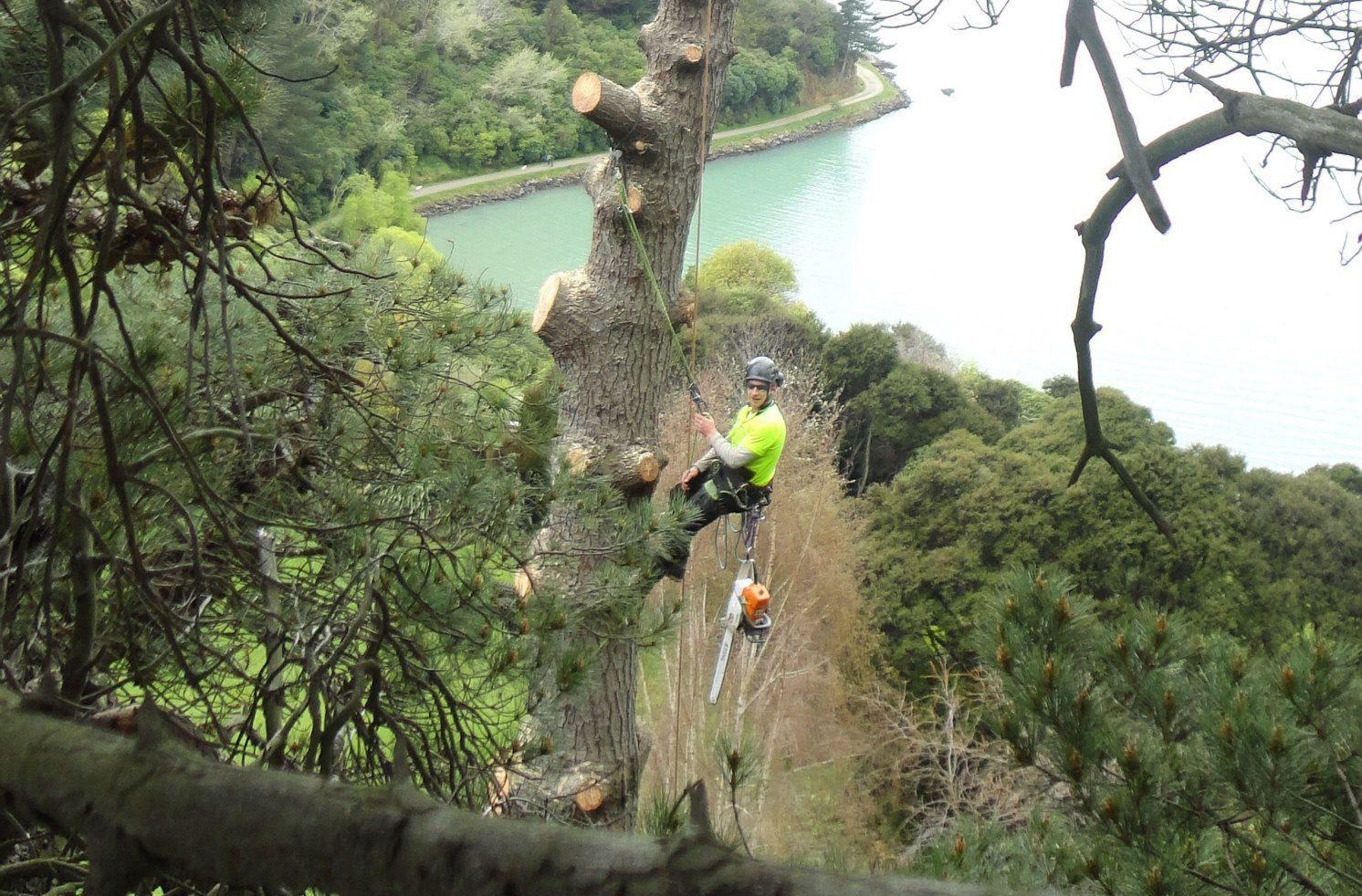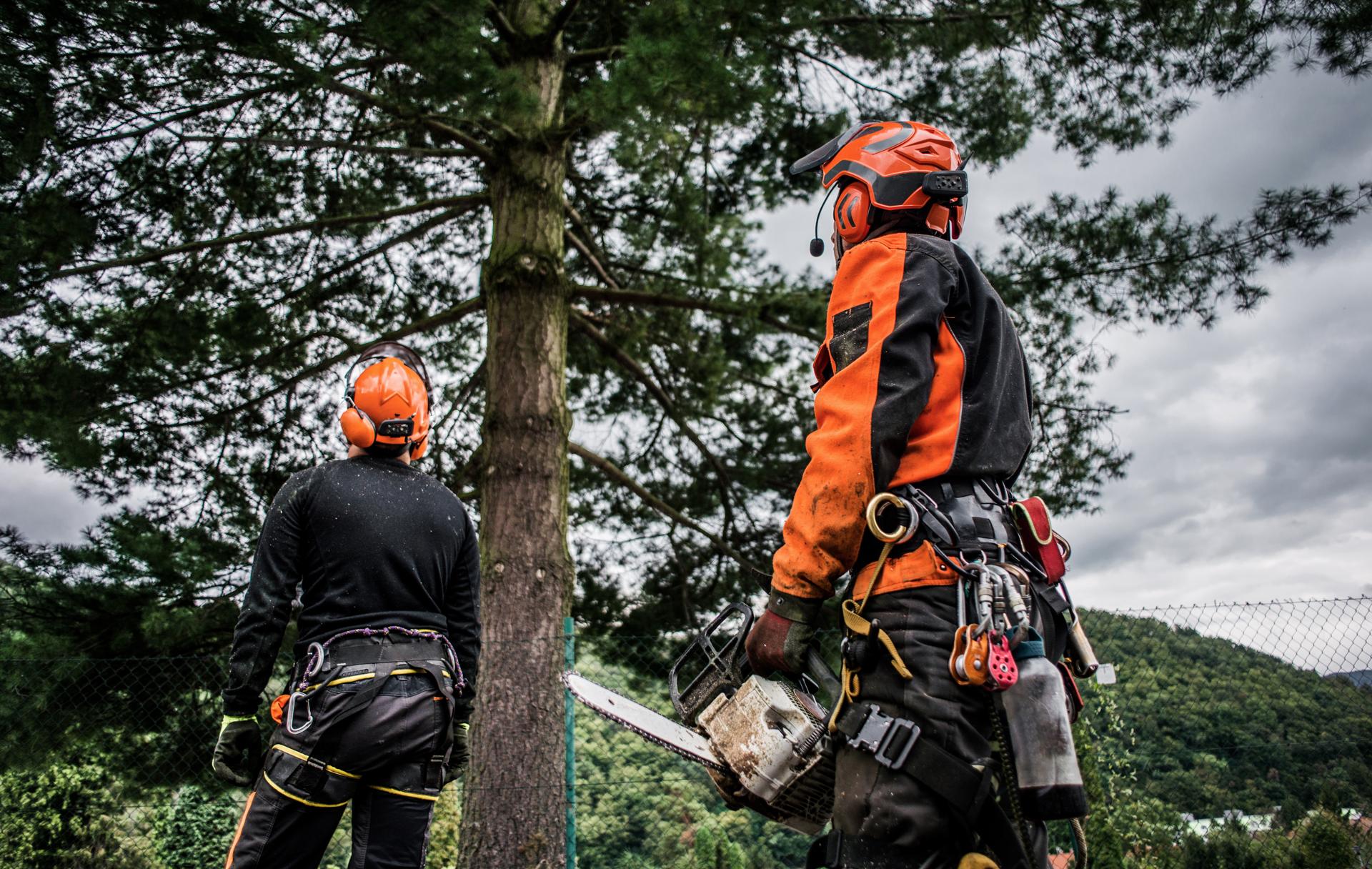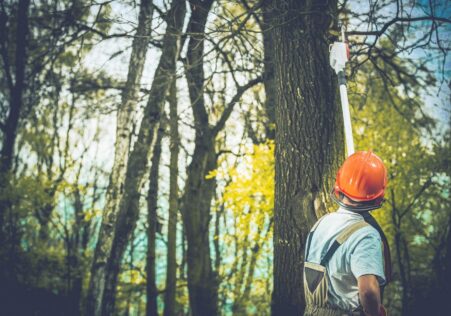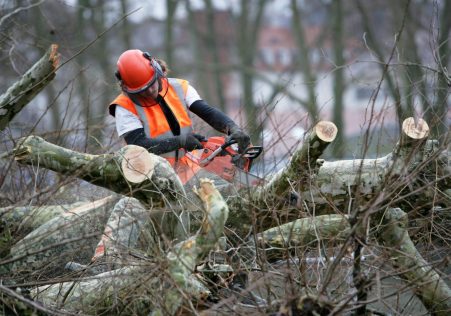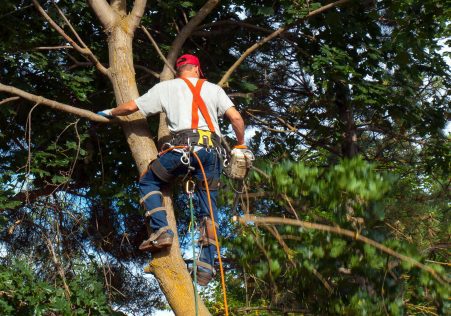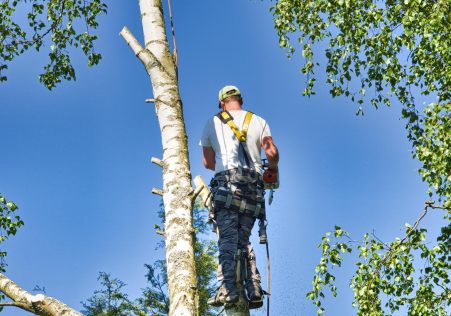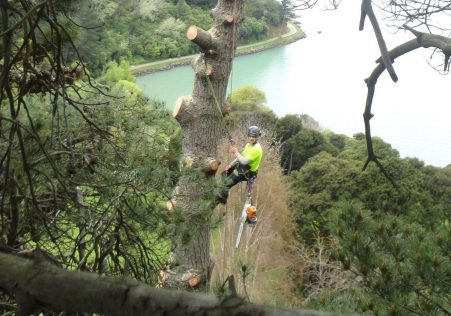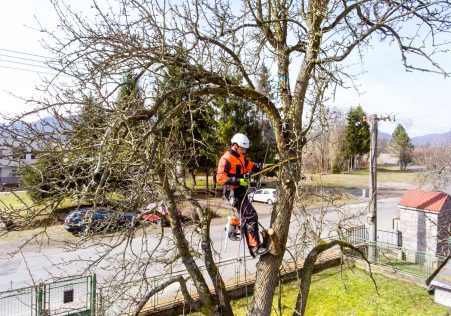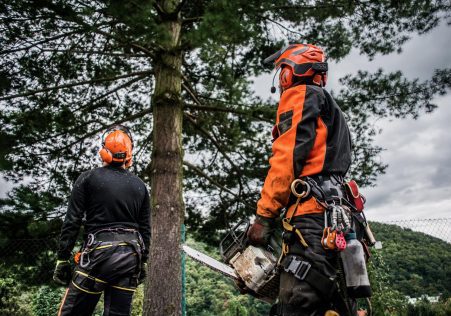The Consequences of Destroying a Protected Tree and How to Avoid Them
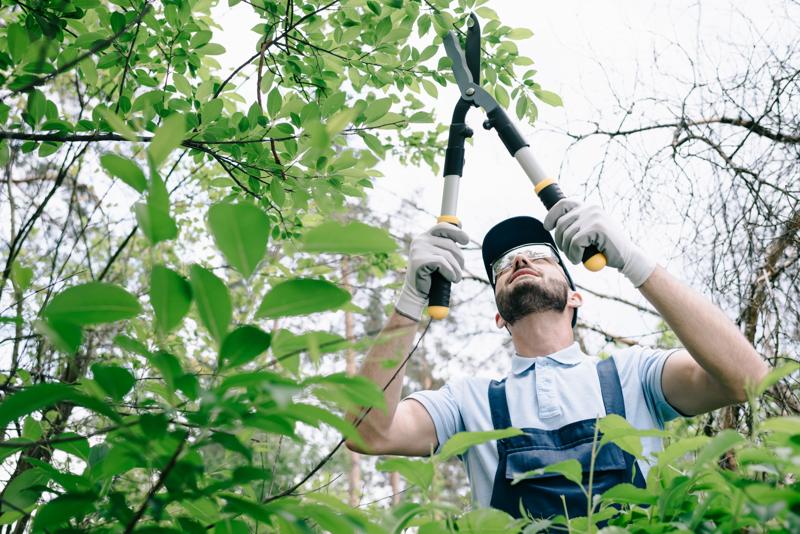
Trees play an important role in our environment as they provide shade, clean air, and aesthetic value to our surroundings. However there are a few trees that aren’t equal and some carry an additional status of protection, making it illegal to carry out any work without obtaining permission. If you’re considering having a tree removed it is crucial to be aware of the protection status of the tree in question and the steps you need to take to ensure compliance with the laws. The following article we will guide you through the process of determining whether the tree is safe and exactly what steps you need take to be sure that you comply with the law.
What is a protected tree?
A protected tree is one that has been subjected to certain legal restrictions, and it’s illegal to carry out work on such a tree without obtaining the necessary permissions. There are two kinds of protection a tree might have: statutory protection and preservation orders.
Protection under the law
As a matter of legal protection, trees are protected by laws and in the hands of Tree Preservation Orders (TPOs). TPOs are enacted by local authorities to protect trees with a significant public value and to ensure that they are not destroyed or damaged.
Preservation orders
Preservation orders are similar to TPOs , but are put in place through the secretary of state for the Environment. Trees with preservation orders are considered to have an exceptional worth and are therefore protected from any work, including felling.
What can I do to determine whether a tree is safe?
To determine whether the tree is protected, you must to determine if the tree is in the process of being subject to the protection of a TPO or preservation order. It is done by contacting the authorities in your area and asking them check for records.
TPO search
If you want to find a TPO You can reach your local Tree and Woodland officer of your local authority. They will be able to tell you if the tree is protected. They will also be able to guide you on the next steps you should follow if the tree is in a protected area.
Preservation order search
To search for a preservation order, you will need to contact Secretary of State, Department of the Environment. They can inform you whether the tree is in the protected zone and give you the necessary information and guidance.
FAQs:
What happens if I carry out work on a protected tree without permission?
If you do work on a protected tree without the appropriate authorizations, you could be subject to significant fines, and possibly even jail time.
Can I appeal to a TPO or preservation order?
Yes, you can appeal a TPO or preservation order if you believe it’s not justifiable. You will have to provide evidence to support your argument and demonstrate that it is not necessary to appeal the TPO or order to preserve isn’t needed.
Can I cut down a tree that is protected tree?
It is unlawful to take down a protected tree without obtaining the necessary permissions. If you need removal of the tree, you will need to seek permission from the council and provide evidence to support your case.
Conclusion
To conclude, knowing if a tree is protected is a crucial step in ensuring that tree work is carried out legally. Understanding the different kinds of protection and the best way to determine if they are protected it is possible to be sure that you are acting within the law and protecting the trees in your care. If you are unsure about the nature of the protection of the tree you are in charge of, we suggest consulting an expert in tree care like Sydney Tree Removal Arborists. Our team of experienced arborists will be able to advise you on the protection status of your trees, and will guide you through the required steps to ensure that you are following the law. With our experience and dedication to providing top-quality tree care we will help you preserve the beauty and worth for your tree. Contact us now at 1300 636 143 to schedule a consultation, and let us guide you on how to keep your trees protected and healthy.

